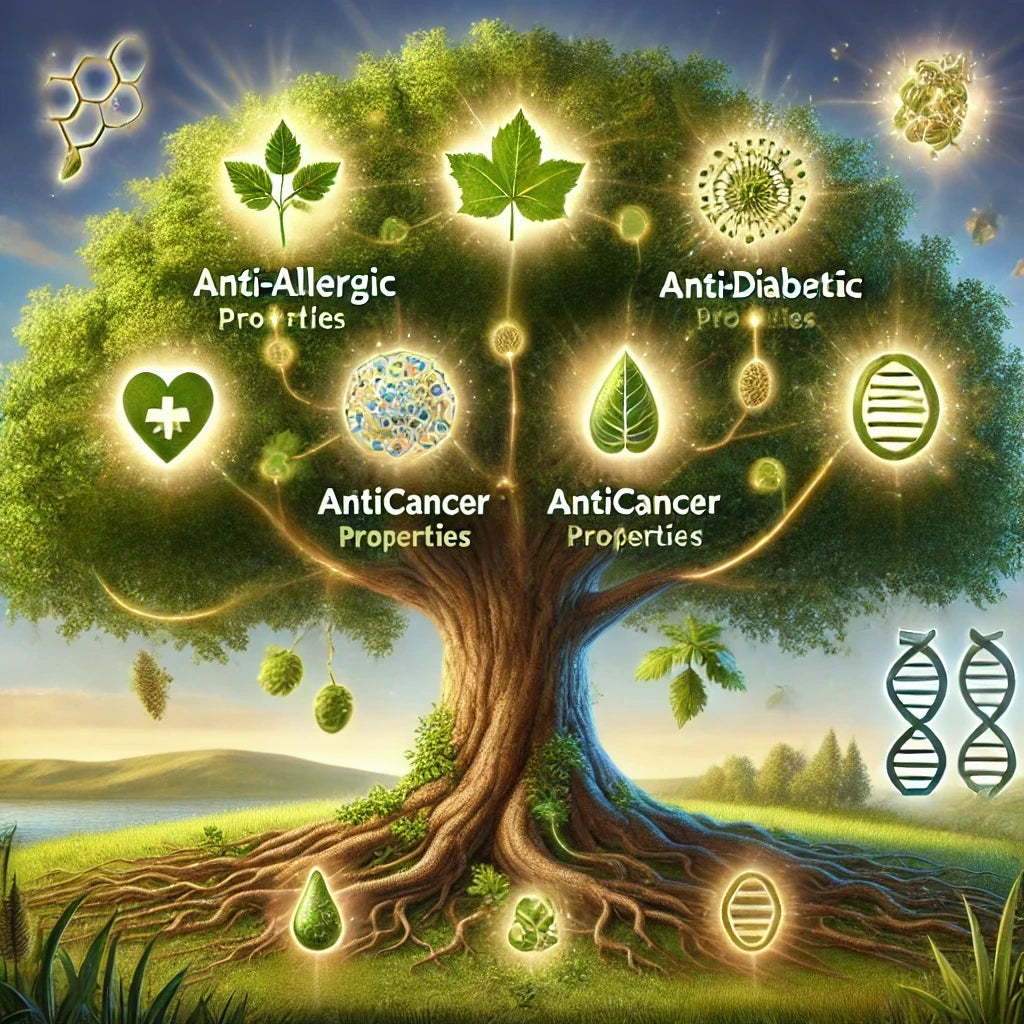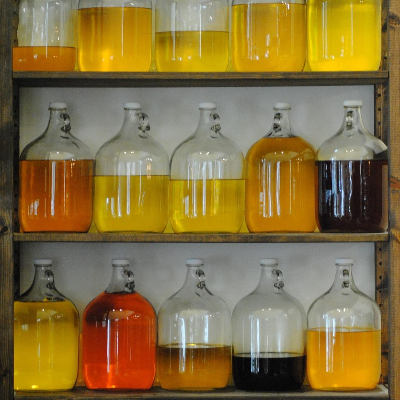Menu
-
-
F.A.Q
- How to identify genuine agarwood chip, natural or cultivated
- How to identify oil injection / absorption fake agarwood beads
- How to know if there are more than one oil in your oil
- How to make your wood bracelet or mala darker
- How to tell if an Agarwood bead sinks WITHOUT sinking it under water?
- How does back flow incense work and how do you burn it?
- Where to start if you don't know what agarwood is ?
- Why are you losing money if you buy seeds and plants?
- Which agarwood incense should I choose?
- Frequently Asked Questions
- Agarwood Related Articles
- Shipping
-
SHOP - Agarwood
-
SHOP - Other Fragrant Wood
-
SHOP - Incense Holder and Burner
-
- FREE Oud Oil guide
- Testimonials
- "Why did you buy this?"
- Contact us
- About Us
- +61430284329
- Login
-
English


Agarwood Benefit Summary
July 05, 2017 2 min read
Benefits of Agarwood
Anti-allergic Properties
Agarwood stems have been found to alleviate allergic reactions by inhibiting the release of histamine from mast cells, which are responsible for allergic symptoms. This effect was demonstrated through an experiment where the aqueous extract of Aquilaria agallocha prevented the degranulation of mast cells and significantly increased intracellular cAMP levels, suggesting a strong anti-allergic potential (Hashim et al., 2016).
Anti-diabetic Effects
The leaves of Aquilaria malaccensis have shown promise in managing diabetes. Extracts from the leaves improve glucose uptake in muscle tissues by increasing the levels of glucose transporter type 4 (GLUT4), which helps regulate blood sugar levels. This effect is comparable to insulin, highlighting the leaves' potential in controlling hyperglycemia (Said et al., 2016).
Anticancer Properties
Agarwood contains compounds like cucurbitacin I, which have shown the ability to inhibit cancer cell growth, particularly in breast cancer cells. Additionally, other compounds such as isocorydine and its derivatives can prevent the growth of various cancer cell lines, making agarwood a potential source of anticancer agents (Nie et al., 2009).
Anti-inflammatory and Analgesic Effects
Extracts from Aquilaria leaves have significant anti-inflammatory properties. They inhibit the production of inflammatory mediators and stabilize cell membranes, which helps reduce inflammation and pain. These effects are attributed to the presence of flavonoids and other polyphenolic compounds (Rahman et al., 2016).
Laxative Effects
The leaves of Aquilaria sinensis can help relieve constipation by promoting intestinal movement. Compounds like mangiferin and genkwanin-5-O-β-premeveroside in the leaves increase the contraction tension of the small intestine, thereby improving bowel movement (Li et al., 2013).
Antihyperlipidemic Effects
Agarwood leaves contain mangiferin, which has been shown to lower cholesterol levels. This compound is effective in treating hyperlipidemia by reducing total triglycerides and cholesterol content, thereby supporting cardiovascular health
Central Nervous System Benefits
Agarwood extracts can improve brain function and reduce depression symptoms. The benzene extract of agarwood has been found to reduce spontaneous motility, prolong sleep duration, and lower body temperature, indicating its potential as a sedative and neuroprotective agent (Okugawa et al., 1993).
Conclusion
Agarwood offers numerous health benefits, including anti-allergic, anti-diabetic, anticancer, anti-inflammatory, laxative, antihyperlipidemic, and central nervous system benefits. These properties make it a valuable natural remedy with a broad range of applications.
Leave a comment
Comments will be approved before showing up.
Also in News

What is Tasbih? The Deep Meaning of Subhan Allah and the Role of Prayer Beads
November 09, 2025 4 min read

